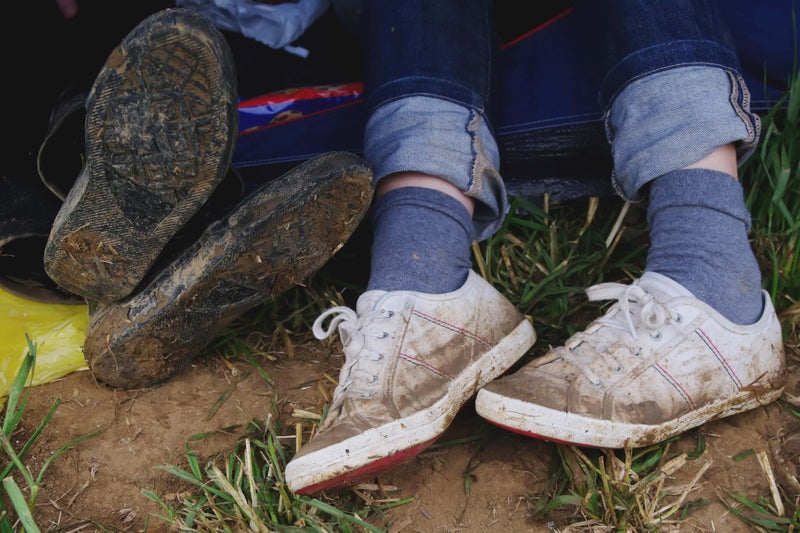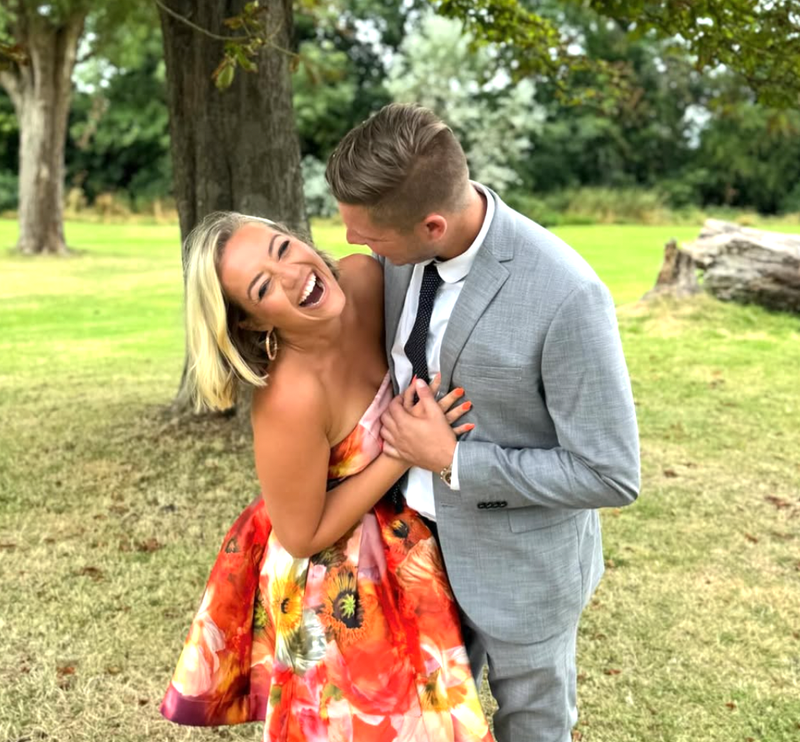Winter is the trickiest season when it comes to stylish but effective footwear. With rain, snow and slushy streets – it’s hard to find a shoe that can withstand the weather whilst elevating an outfit. But without proper care your shoes can quickly wear down and end up looking a tad dishevelled. So, experts details how to weatherproof your footwear this season, without compromising on style. The best waterproof options.
The best options when looking for weatherproof shoes is to start with the material over style. “If you prefer something more lightweight, rain trainers are a great option. Many brands now offer trainers with waterproofing technology like Gore-Tex linings or DWR coatings, so you don’t have to choose between comfort and staying dry,” says Nelson. “These are perfect for city life, daily commutes, or anyone who’s on their feet a lot but doesn’t want to deal with soggy socks.”.
“Delicate fabric materials should be reserved for dry days to avoid unnecessary damage,” says Clinkard, but suede may be the exception. “Suede is actually more resilient than most people think and tends to dry out evenly without permanent marking,” explains Nelson. “But watch out for dirt build-up, which is why darker shades like brown work best.”. Thankfully, as ‘gum boots’ (or as you may know them, Wellington boots) are trending, finding stylish but practical shoes has never been so easy – from rubber Chelsea boots to lug sole shearling boots.
Tretorn Garpa Unisex Rubber Boot Black, £69 (were £90), Griggs. Tommy Hilfiger Shearling Leather Lace-Up Snow Boots, £99 (were £180). Waterproofing treatments that won’t alter the look of your shoes. We’ve all been tricked by waterproof sprays that end up turning our cream shoes brown – but there are some at-home treatments that can weatherproof your shoes without compromising their look. “Treating your shoes with a waterproof spray creates an invisible barrier that repels water and prevents stains,” explains Clinkard.
“But before applying, make sure to clean your shoes thoroughly. Hold the spray can 15 to 20 centimetres away and apply an even coat, allowing the shoes to dry completely before wearing them. “Make sure you choose a product designed specifically for your shoe’s material, whether it’s leather, suede, nubuck or fabric. For leather shoes, a wax-based polish or cream can offer additional water resistance,” says Clinkard.
It’s important to note however, that waterproofing treatments wear off over time, especially in harsh weather. “To keep your shoes protected, reapply waterproof sprays or treatments every few weeks,” says Clinkard. “Regular maintenance will ensure your shoes continue to repel water effectively throughout the winter.”. Nikwax Fabric and Leather Proof Waterproofing Spray, £8.99, Amazon. Make practical gear fashionable not frumpy.
Thanks to recent innovations in shoe materials, practical footwear no longer needs to look frumpy and unfashionable. “It’s not just about the Wellies, you know! You can opt for lug soles, heels, biker boots and trainers and still stay dry.”. Whilst shopping around is crucial, Fogden emphasises the importance of reading the labels: “It’s important to be clear what different ‘weather-ready levels’ mean, to make sure you get what you’re expecting,” she says.
“First of all, ‘weather-repellent’ means footwear is treated with a water-repelling coating, which means that while they may offer some degree of dryness, they won’t necessarily prevent your feet from becoming wet if you stand in a puddle, for example. “Even though shoes may be water-repellent, we recommend reapplying a water-repellent spray to extend their life. “‘Weather-resistant’ means the shoes or boots are made with a waterproof upper, especially designed for bad weather. However, water could still get inside the footwear if you go jumping in puddles, via the eyelets.
“Last of all, there is ‘waterproof’, meaning the shoes are made from waterproof materials, with sealed seams for wet weather, so they are the most likely, out of all three options, to keep your feet dry,” explains Fogden. Vionic Walk Max Sierra Trainer, £104.99 (were £150). Don’t skip the aftercare. It may be tempting to kick your shoes off, leave them by the door and slide on some cosy slippers once getting in from the storm – but taking the time to dry and reshape your shoes is what maintains their longevity in the wet and wind.
If you’re shoes are dripping wet, “resist the temptation to place them near a radiator or heater, as excessive heat can cause leather to crack and other materials to warp,” explains Clinkard. “Instead, stuff the shoes with crumpled newspaper to absorb moisture and help them retain their shape. Replace the paper as it becomes damp and let the shoes air dry in a well-ventilated area.”. If you’re in a hurry for your shoes to dry, Clinkard recommends investing in a shoe dryer, “[this] device gently warms and dries shoes without causing harm.”.






























